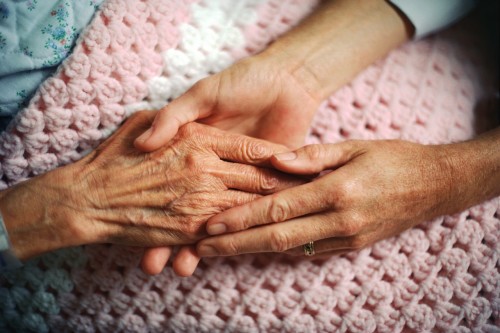Some great current hard data on licensed/regulated senior communities and who is utilizing them.
This report provides great detail on who is providing and receiving long-term care in the United States. The data is from the year 2012 and is limited to paid and regulated long-term care providers. This means it does not reflect families caring for families.
Highlights
- There are 58,500 paid and regulated long-term care providers serving approximately 8 million people.
- Breakdown by provider type:
- 4,800 adult day services centers
- 12,200 home health agencies
- 3,700 hospices
- 15,700 nursing homes
- 22,200 assisted living and similar residential care communities
- Number of Individuals Served:
- 73,200 participants enrolled in adult day services centers
- 1,383,700 residents in nursing homes
- 713,300 residents in residential care communities
- In 2011 (apparently no 2012 data was available) about 4,742,500 patients received services from health agencies, and 1,244,500 patients received services from hospice.
- For profit ownership – The balance was a mix of not-for-profit and governmental entities
- Adult day care centers – 40%
- Home health agencies – 78%
- Hospice – 56%
- Nursing homes 68.2%
- Residential care (assisted living) – 78.4%
- Age Breakdown – Skilled Nursing
- 42.3% are age 85+
- 29.4% are 75-84
- 14.9% are 65-74
- 14.9% under age 65
- Age Breakdown – Assisted Living
- 50.5% age 85+
- 32.4% age 75-83
- 10.4% age 65-74
- 6.7% under age 65
In November of 2013 I published an article titled PBS misses the mark again on senior living, in which I expressed particular frustration with their claim that the most Americans over 65 years of age will need around 3 years of long-term care. It made for a compelling headline, it was just grossly misleading. The stats in this report are the real deal. Because this is only a single data point it for sure tells us that caring for the nations’ elders is big business, it also means a big and important cost to our economy. Finally it means real jobs for real people from line staff to licensed professionals. We will likely see big shifts in the total numbers and care settings over the next few years. I am thinking home care, hospice and assisted living utilization will continue to grow and that even with the aging of the population we will see significant shrinkage in the number of skilled beds. You can download the entire report(pdf) here. What do you think? Steve Moran
If you like this article or even if you don’t, it would be a great honor to have you subscribe to our mailing list HERE.









Steve,
Great topic and thanks for the report link. Shrinking Skilled Beds! Who would have thought. Many a time I see the Q: What to do in order to make CCRC’s more marketable?
From the report it appears the quicker management can establish a hospice/home care service the better.
My point, rather than be a “gated” community; take down that wall and become your area’s “Good Housekeeping” company. Service with such appeal your name is recognized as the Best Provider for varied services. Everyone wants the end to be comfortable… meet that pent-up need with Hospice/HomeCare. Hospice even on the campus of the CCRC; it’s Marketable! Happy Valentines ALL!! Jersey Joe.
What struck me at the grass roots level was the allocation of staffing hours amongst the different care models. In my state of Texas, the ALF licensing requirements are extremely liberal, yet the level of acuity is rising to that of almost medically complex patients/residents. The total nursing and licensed nursing hours are significant between the two models – which from a quality of care stand-point is concerning as the number of nursing beds shrink. Educating the general public on all of the models of elder care and exactly what they are equipped to truly provide is more important than ever.